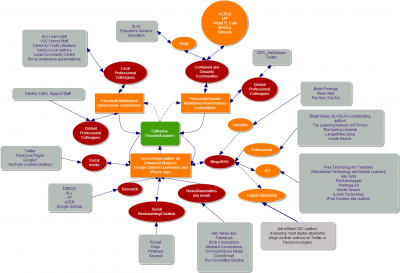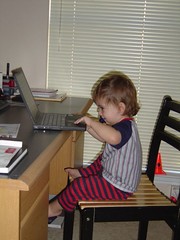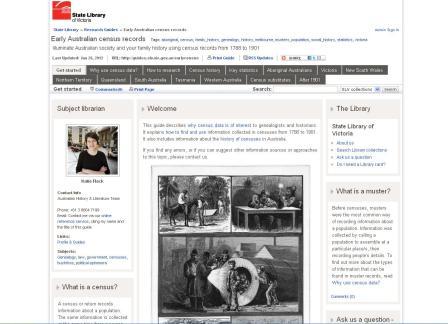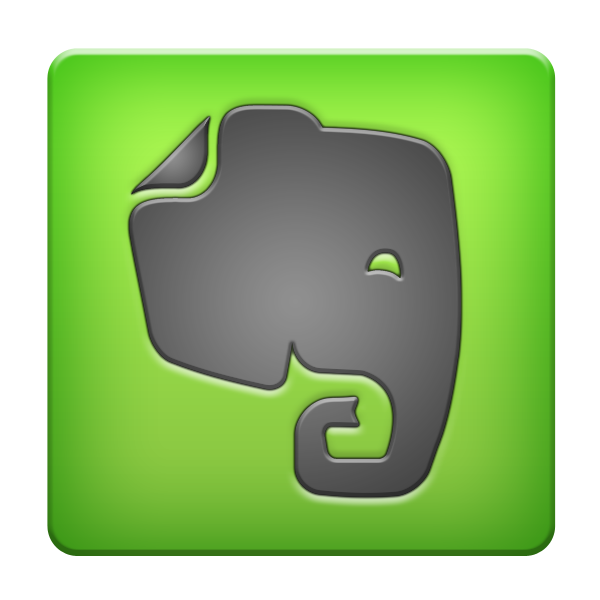For a few years now, the Victorian Personal Learning Network (PLN) course has provided professional development for school library staff and educators. The twelve-week course was presented online by the State Library of Victoria and the School Library Association of Victoria, and hundreds of people have participated in the course over the years.
Through the Personal Learning Network participants can:
- Engage in personalised professional development with educators across Victoria and beyond
- Build their own personal learning network through a self-paced online learning system
- Connect with hundreds of colleagues who share resources and support their learning
- Use the web in innovative ways to enrich their teaching and learning experience.
VicPLN alumni have gone on to create a thriving online community – a PLN in action – which provides support, resources, inspiration and great ideas throughout the year.
2013 sees a slight change in approach for the online courses, in response to feedback from participants and our sense that it’s time to move beyond focus on “shiny new tools”. Following last year’s trial of a short course on research skills and tools, the 2013 program offers a range of shorter courses for people at different stages of their PLN experience:
- Personal Learning Network introductory courses are now a more achievable seven units: the first course in this format begins March 12. Course materials focus on concepts and skills and a core set of web tools that we all need in our toolkit
- PLNPlus is a four-unit “advanced” PLN experience, based on a more collaborative online learning model – presented for the first time from July 15
- The Research Toolkit is a four-unit course focused on research tools and skills, offered this year from 14 October.
- Shorter modules are in planning on topics such as digital storytelling.
We’ll keep you posted about course opportunities in the coming months and we’d also love to hear your ideas or feedback on past – or future – PLN courses. Leave us a comment here or tweet us via #VicPLN.






